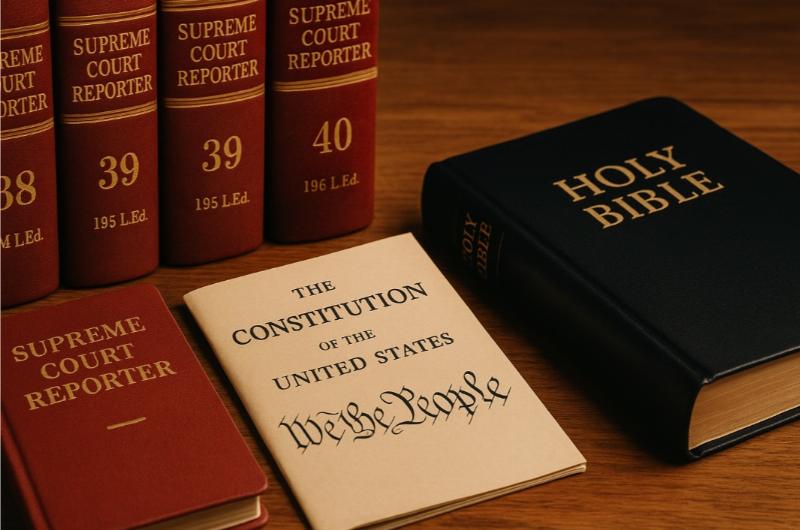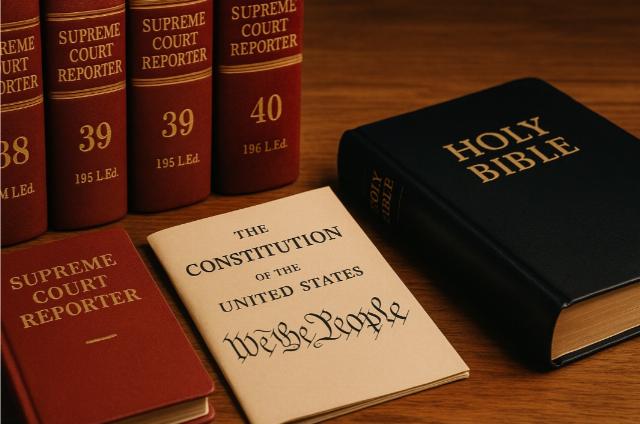


Now that civics is beginning to come back into vogue, let it be noted that Lesson Number One in American Civics is (or, at least, it should be the first lesson) what is the source of American law. The answer is that federal law and the law in all states except Louisiana is the common law of England as revised by federal and state constitutions, statutes, and appellate court decisions.
How did this rule come about? It was the product of the crisis of July 5, 1776. Never heard of that? Okay, let me explain.
On July 3, 1776, the Continental Congress voted to adopt the Declaration of Independence, which declared that the thirteen erstwhile English colonies “are and of right ought to be free and independent states.” They subsequently adopted the Declaration on July 4, 1776. Thus, on July 5, 1776, the thirteen new sovereignties faced a legal crisis.

Image by ChatGPT
What was the legal crisis? The legal crisis was the puzzle of which law the independent sovereignties would apply in their courts to resolve disputes. Before the Declaration, the 13 colonies were English colonies governed by the common law of England. So, on July 3, their law was the common law of England, but on July 5, they were no longer English colonies, but were, instead, sovereign states. So, what would be their law on July 5 and thereafter?
Within a few months, all 13 colonies answered the question, and they all gave the same answer. For each colony, their law henceforth would be: The Common Law of England! And that remains the case today: the fundamental law of 40 of the 50 states (not Louisiana) is the common law of England, as revised from time to time by federal or state constitution, statute, or developing American judge-made law (precedent).
The Constitution’s declaration that the Constitution is the “supreme law of the land” does not contradict this formulation. Yes, the Constitution is the supreme law—meaning that in the event of conflict between the Constitution and other laws, the Constitution prevails—but very few legal disputes boil down to Constitutional issues. Almost all can be resolved by looking to the common law. Hence, the Constitution is the supreme law, but the common law is the fundamental law.
And this is still to case today. The USA and 49 of its 50 states are common law jurisdictions. And one of the many important consequences of this is the important legal relationship between the common law and Christianity.
That relationship is expressed in the legal encyclopedia American Jurisprudence 2d as “Christianity is part of the common law,” even as it takes pains to clarify that this principle refers to Christian morality, not Christian theology. This means that this intersection between Christianity and the law doesn’t impose upon all to believe in the “Father, Son, and Holy Ghost.” Instead, it means that our law derives from Biblical prohibitions against murder, theft, lying, adultery, homosexual conduct, etc., etc.
This means that there can be no legal impediment to posting the Decalogue, banning homosexual “marriage,” or re-criminalizing homosexual conduct. As biblical morality is incorporated into the common law, which is our fundamental law, it is entirely appropriate for biblical morality to be implemented in legislation and given effect in judicial decisions.
